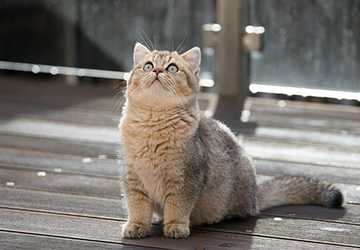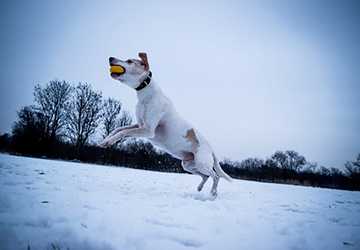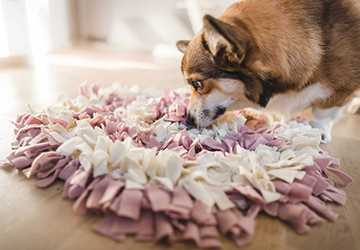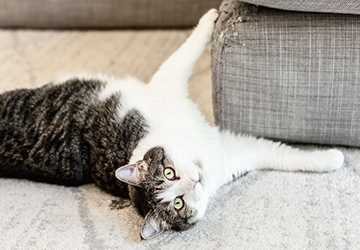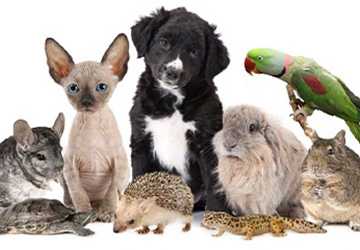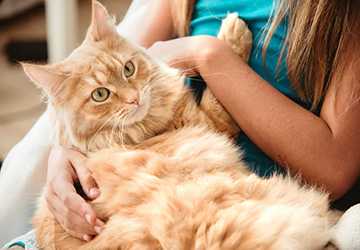Understanding Your Cat’s Body Language: A Comprehensive Guide
Introduction
Regarding Understanding Feline Behavior, our friends are often considered mysterious and elusive creatures. Unlike dogs, cats don't wag their tails or jump up and down to show they're happy. Their body language is more subtle, but if you know what to look for, you can gain insights into your cat's feelings and needs. In this guide, we will take an in-depth look at Cat Communication Signals to help you How to Read Cat Body Language accurately.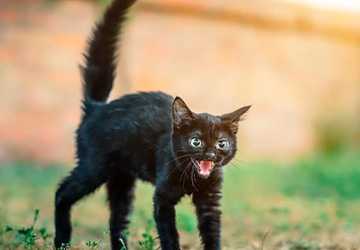
Decoding the Tail: Your Cat’s Emotional Barometer
The Tail's Height
You might have noticed that your cat's tail height varies depending on its mood. When a cat's tail is held high, your pet is happy and confident. On the flip side, a low tail often signals insecurity or fear.
Tail Flicks and Twitches
Quick tail flicks or twitches usually indicate irritation or impatience. If you see this, give your cat some space.
The Eyes Have It: Unveiling the Mystery
Dilated Pupils
Dilated pupils can mean a few different things. They can indicate excitement, fear, or even aggression. Context is essential in Understanding Feline Behavior at this juncture.
Slow Blinking
When your cat blinks at you slowly, it's generally a sign of trust and affection. This is one of those unique Cat Communication Signals that is an invitation to deepen your bond.
Vocal Cues: More Than Just Meows
The Purrs
A purring cat is generally a content cat. However, cats also purr when anxious or unwell, so it's essential to consider the context and other body language clues.
Hisses and Growls
Hissing and growling are clear indicators that your cat is upset, scared, or feeling threatened. These are cues that you should back off and give your cat space.
Ears and Whiskers: Subtle But Significant
Forward-facing Ears
When a cat's ears are forward, the cat is interested or playful. It's an excellent time to engage them in play.
Pulled Back Ears
If the cat's ears are pulled back, it's often a sign of fear or aggression. It's one of those essential cues that can help you to Read Cat Body Language and act accordingly.
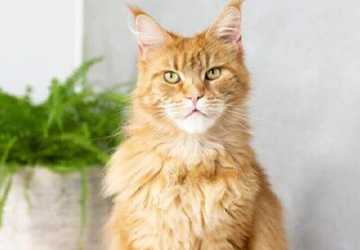
Paws and Posture: Indicators of Mood and Intent
Relaxed Paws
When your cat is sitting or lying down with its paws tucked under, it's usually a sign that the feline is relaxed and comfortable in its environment. This posture indicates the cat's security, especially if accompanied by a low, gentle purr.
Extended Claws
Extended claws are often an alert to be cautious. This can be a defence mechanism or a sign of excitement, sometimes occurring when a cat is about to pounce on a toy or prey.
Grooming Habits: Beyond Cleanliness
Self-grooming
While grooming often means that a cat is merely cleaning itself, in some contexts, it also signals comfort and ease. Cats groom themselves when they're relaxed but also as a method for self-soothing when they're anxious.
Allogrooming
Allogrooming, or grooming another cat, is usually a sign of affection or social bonding. However, excessive grooming could signal a skin condition or even stress, so it's crucial to remember this when Understanding Feline Behavior.
Facial Expressions: Small Changes, Big Meanings
The Mouth
A closed mouth generally means a cat is calm. If the mouth is slightly ajar, your cat might be interested or even questioning something in its environment. Wide-open mouths with exposed teeth can signify aggression or extreme fear.
Cheek Rubbing
Cheek rubbing is another one of those unique Cat Communication Signals. Cats have scent glands on their cheeks, so when they rub their face against furniture or even you, they mark their territory.
Sleeping Habits: More Than Just Rest
Curled Up
When a cat sleeps curled up, it's often a sign that the feline is in a deep, restful sleep. This is usually a comfortable and secure position for cats.
Exposed Belly
If your cat sleeps with its belly exposed, it shows a high level of trust and comfort. The belly is a vulnerable area, so telling it means the cat feels safe.
Feeding Behavior: Mealtimes Tell a Story
The Circle Dance
Have you ever noticed how your cat might circle its food bowl before settling down to eat? This is a ritualistic behaviour that is instinctual, going back to the days when cats had to ensure their environment was safe before eating.
Pawing at Food
Sometimes, cats paw at their food or even attempt to cover it with imaginary dirt. This could be seen as a way of "saving it for later," a behaviour that originates from their ancestors who would bury uneaten food to avoid attracting predators.
Interactive Play: A Window to Feline Emotions
Play Biting
If your cat gently bites you while playing, it is generally a sign of affection or overstimulation. Understanding the difference is crucial in understanding how to read cat body language effectively.
Chasing and Pouncing
Cats love to chase and pounce on things, be it a toy mouse or a laser dot. This is a form of play and a way for them to practice their hunting skills. If your cat suddenly stops this activity, it might be a sign of boredom or even a health issue, and understanding this can be vital in Understanding Feline Behavior.
Scratching Surfaces
Cats scratch to not only sharpen their claws but also to mark their territory. The paws of a cat contain scent glands that release pheromones, serving as invisible markers.
Conclusion
Understanding Feline Behavior is not a simple task; it requires careful observation and intuition. Cat Communication Signals are often subtle, but learning to recognize them can significantly enhance your relationship with your feline friend. Take your time and observe, and you will become proficient in How to Read Cat Body Language. This comprehensive guide serves as a cornerstone for understanding your cat better.
